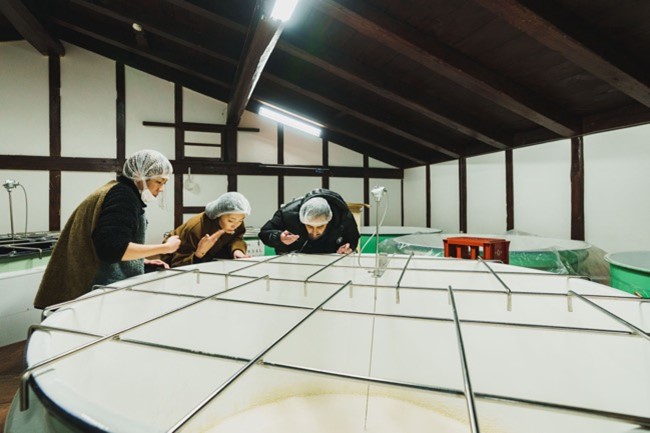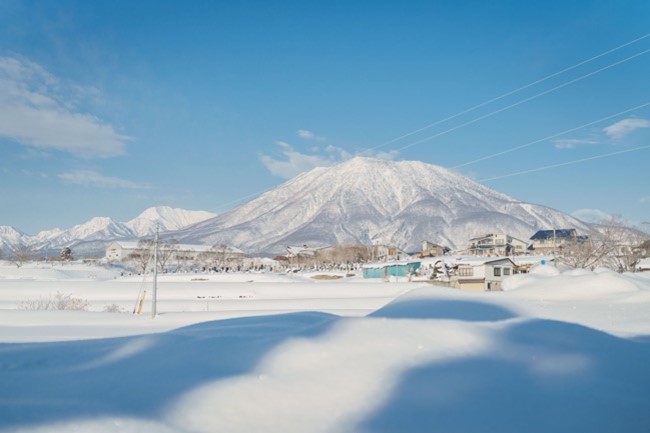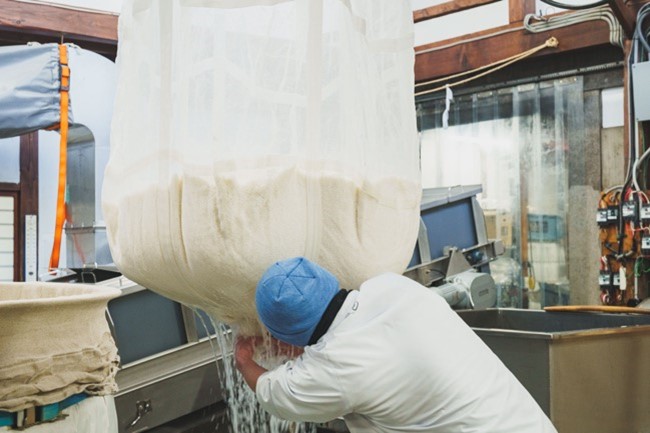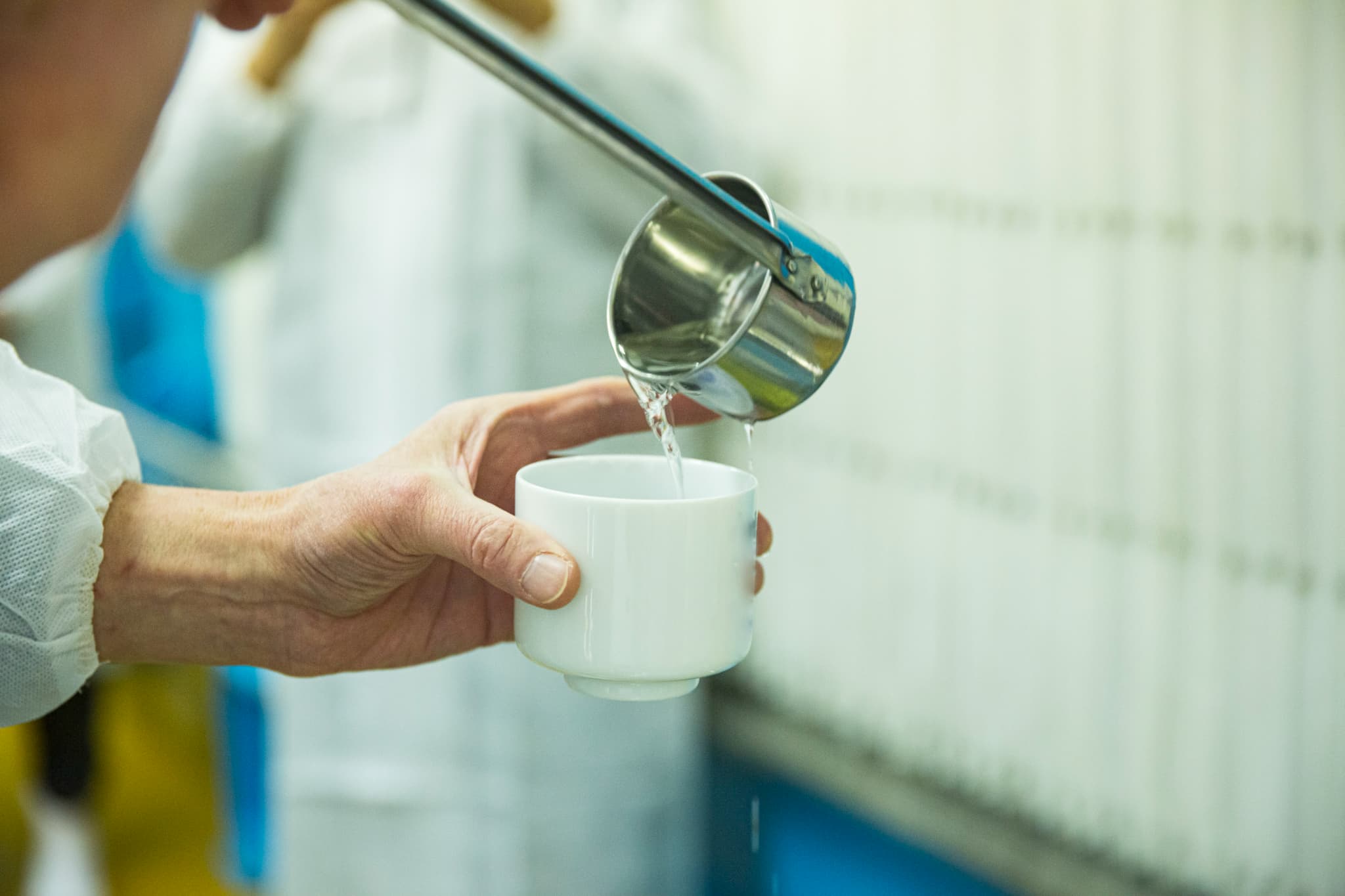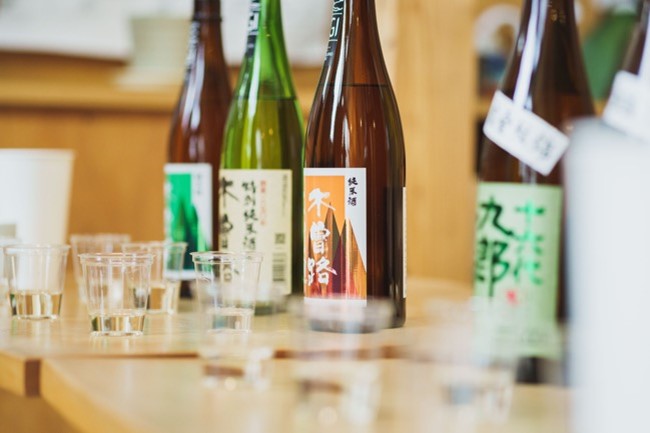
The diversity of Nagano Prefecture’s sake brought to life by water, rice, and the skill and senses of its people
水、米、そして人々の技術と感性が生み出す長野県の日本酒の多様性
Vol.2 :
Youlin visited a sake brewery in the Saku region of eastern Nagano Prefecture, the uppermost reaches of the Chikuma River, the longest river in Japan. He had an opposite impression of the sake breweries in the northern part of the prefecture. In contrast to the refreshing sake from the northern region, the sake from this region has a strong, sweet, umami flavor with a strong rice taste.
This is because this region is famous for its high-quality rice, including the local rice, which has a strong sticky and sweet character. Due to its unique inland climate with a clear stream, fertile soil of strong clay or sandy soil derived from the Chikuma River, and a large difference in temperature between day and night. The cool climate and low precipitation also help to minimize pests and diseases, which is another reason why this has become a strong rice-producing region.
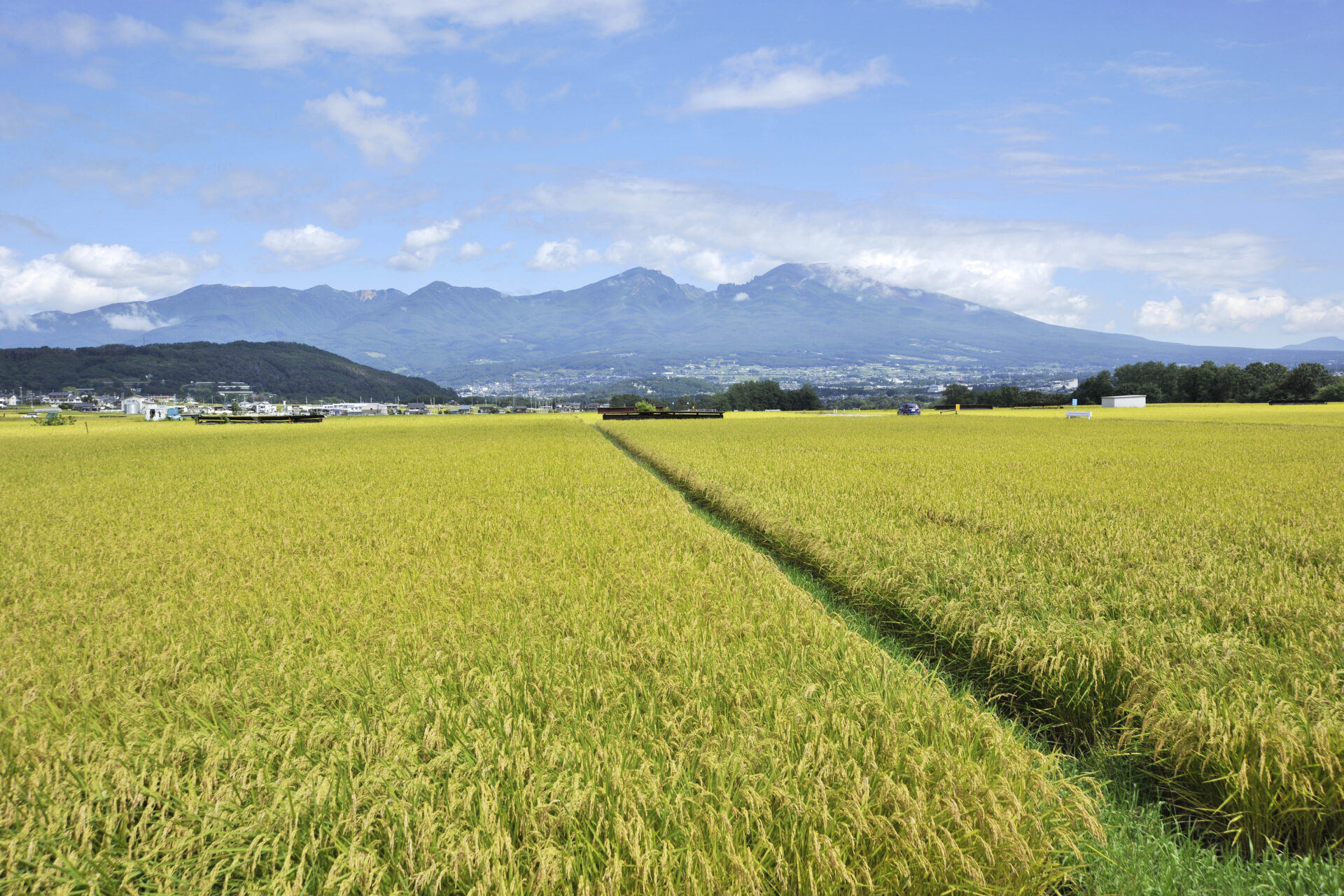
In such an area, the “Akanesasukai” has been working for 20 years on sake brewing that makes the most of local characteristics, centering on farmers
who are striving to grow better rice through organic farming methods and the Tsuchiya Sake Brewery, which uses locally produced sake rice as its raw material. The group’s concept is to respect the local terroir, brew good sake through organic sake rice cultivation, and enjoy rice cultivation and sake brewing together with sake-loving friends.
Their attitude has been highly praised, and the sake they brewed was selected to represent the Nagano Pavilion at the 2005 World Exposition in Aichi, Japan.
who are striving to grow better rice through organic farming methods and the Tsuchiya Sake Brewery, which uses locally produced sake rice as its raw material. The group’s concept is to respect the local terroir, brew good sake through organic sake rice cultivation, and enjoy rice cultivation and sake brewing together with sake-loving friends.
Their attitude has been highly praised, and the sake they brewed was selected to represent the Nagano Pavilion at the 2005 World Exposition in Aichi, Japan.
“I had the impression that there were many sake from Nagano Prefecture with a watery flavor, but I had no idea there was a ‘rice’ type sake that was also suitable for aging,” said Youlin.
In fact, Nagano Prefecture is also the third largest producer of sake rice in Japan. In the past, the prefecture relied on sake rice from outside the prefecture, but the development of sake rice suited for Nagano’s cool climate has helped Nagano grow to its current position.
One brewer that symbolizes this is Toshimaya, located on the shore of Lake Suwa in the center of Nagano Prefecture. Here, a total of seven varieties of Nagano sake brewing rice, including “Kinmon-Nishiki” and “Sankeinishiki,” are used according to the characteristics of the product.
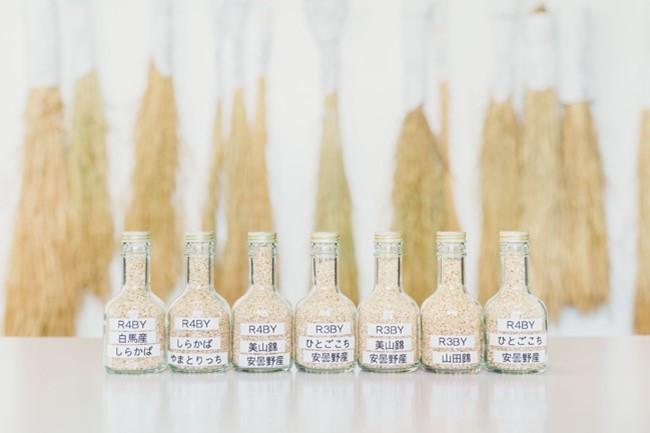
The Suwamikotsuru Sake Brewery, also by Lake Suwa, brews sake with the same yeast and rice polishing, but with different rice varieties. The idea of “sake with clean water” seems to have changed significantly within Youlin.
“I could taste the deliciousness of the rice not only in the sake, but also at lunch, for example. Besides, I didn’t think there were so many kinds of rice suitable for sake brewing in Nagano Prefecture. I didn’t realize there were so many varieties of rice suitable for sake brewing in Nagano Prefecture, while other prefectures might have two or three.”
Youlin revealed his surprise and impression of Nagano’s sake not only through his words, but with his attitude and how he approached the sake.
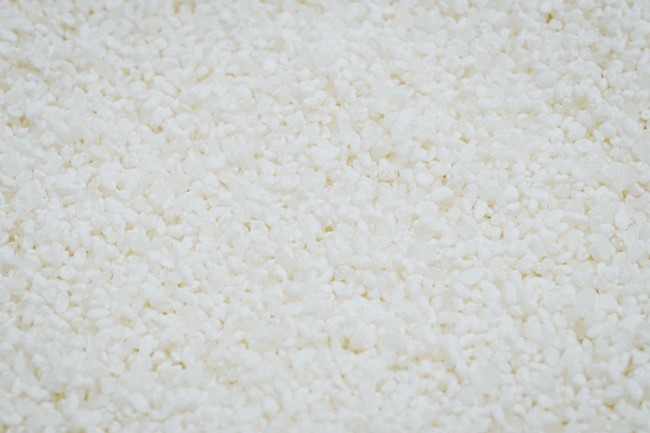
Because the area around Lake Suwa is served by two of the five major highways connecting Tokyo and Kyoto that were established by the shogunate in the 1600s and 1700s, the area has prospered as travelers have come and gone for a long time.
Along the roads, teahouses and historic sites still remain, and the culture brought by travelers is still alive as a tradition.
Along the roads, teahouses and historic sites still remain, and the culture brought by travelers is still alive as a tradition.
The influence of the highway can be seen in the other regions of Nagano Prefecture as well. About 90% of the land in the Kiso region is covered by forests, and since rice cultivation was not possible in the region due to the limited arable land, trees were planted as tribute instead of rice. It is also said that a lot of rice came into the Kiso region through the distribution of highly valuable forest resources.
The Yukawa Sake Brewery, which has a brewery in a post town along the Nakasendo/Kiso Road, has developed by using this rice for sake brewing, thus circulating the economy of this region. Therefore, the brewery’s identity is also based on the use of sake rice not produced in Nagano Prefecture. Cultural exchange also supports the diversity of sake in Nagano Prefecture.
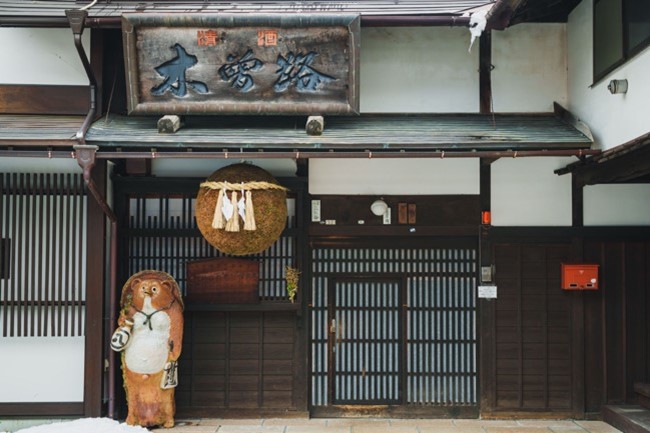
He says, “I have long thought that the flavor impressions of both sake and wine are determined by a variety of influences, not only the ingredients and composition, but also the people, scenery, environment, and vision of why the sake is being made. I also felt that both types of sake taste better because people respect their makers. In this context, all of the breweries we visited in Nagano Prefecture talked first about water and rice grown in the region when discussing sake, and I sensed that they place great importance on terroir. What also surprised me was the rich variety of sake from Nagano Prefecture. Not only is the water good, but there are also naturals (natural yeast) sake and rice types. Each sake brewer is highly skilled and expressive. I feel that there is more variation than with wine. The awareness of the sake makers that they want to make sake for the local people was also great.”
Mr. Youlin concluded his rich and focused trip in the following way:
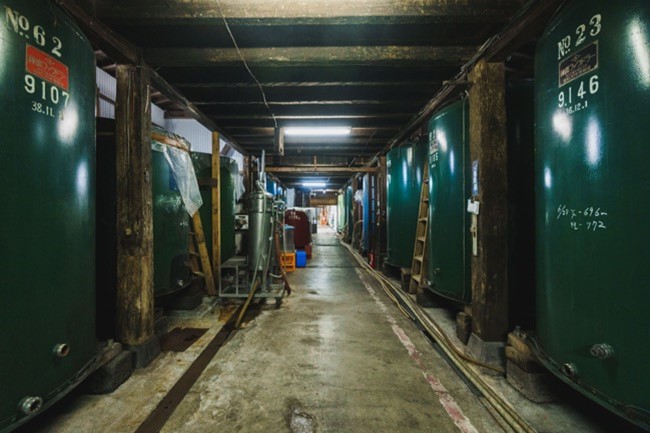
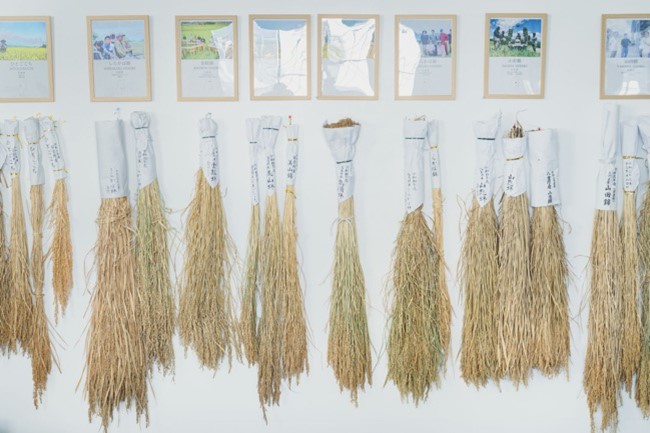
Sake brewing requires high-quality water and rice nurtured in the landscape of each region, and the yeast and koji that make the best use of these ingredients. These are controlled by the skill of the brewer and the sensitivity fostered by history, tradition, and culture. In a broad sense, sake is like a mirror reflecting the terroir itself. The sake breweries that exist in each village are the proof and symbol of the diversity of Nagano Prefecture.
